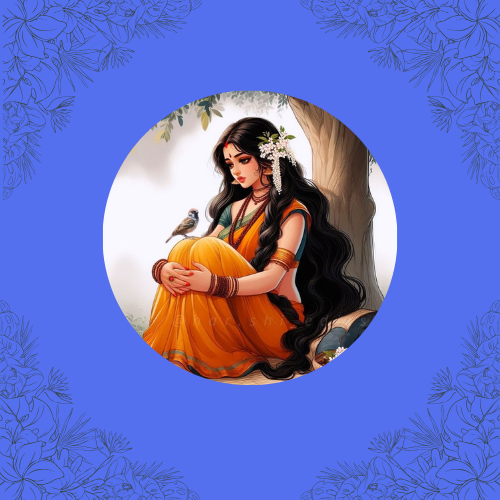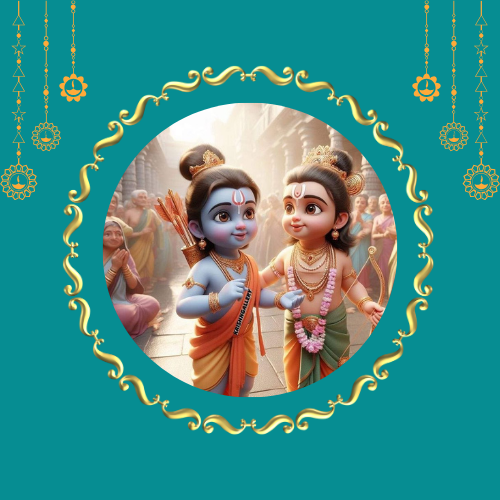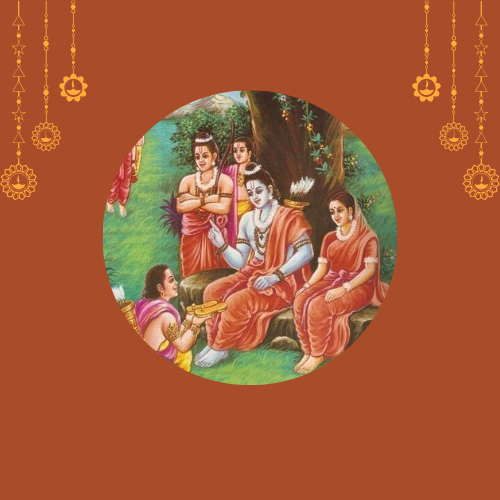In the epic of Valmiki Ramayana, Sita stands out not just as the wife of Lord Rama but as a woman of immense inner strength, grace, dignity, and unshakable values. Often mistaken for being soft or submissive, Sita is, in fact, one of the most courageous and empowered female figures in Indian mythology.
Her journey, filled with trials and sacrifices, reveals a personality that embodies mental resilience, emotional strength, and spiritual integrity. Let’s explore Sita’s strength and grace and what makes her such an enduring icon.
1. Sita’s Courage to Choose Her Path
Sita was not forced into exile. When Rama was banished for 14 years, Sita chose to accompany him, leaving behind the comforts of the royal palace.
Despite being a princess, she adapted to the harsh forest life with dignity—cooking, walking barefoot, and enduring hardships without complaint.
🔹 Lesson: True strength is the ability to stand by your loved ones, even when life turns challenging.
2. Strength in Captivity: Facing Ravana with Unshaken Will
When Ravana abducted her and took her to Lanka, Sita refused to surrender, despite threats, luxuries, and psychological pressure. For months, she lived in the Ashoka Vatika under constant watch, but her mind and soul remained untouched.
She boldly said to Ravana:
“I am the wife of Rama. You cannot break my spirit by force.”
🔹 Lesson: Sita showed that true power lies in inner conviction, not external circumstances.
3. Grace Under Fire: The Agni Pariksha
After being rescued, Sita was asked to prove her purity. Though it was painful and unfair, Sita walked through fire (Agni Pariksha) not as a sign of weakness, but to silence those who questioned her chastity.
Her act wasn’t submission—it was a bold response to societal judgment, showing that women carry their own dignity and don’t need validation from the world.
🔹 Lesson: Sita’s grace lies in her composure under judgment, a reminder that silence can be more powerful than words.
4. Forgiveness and Compassion
Even after all the suffering she endured—exile, abduction, and public scrutiny—Sita never cursed anyone. She did not seek revenge, even on Kaikeyi, Ravana, or those who doubted her.
Her heart remained compassionate, especially toward her sons, Rama, and even the people of Ayodhya.
🔹 Lesson: True grace is the ability to forgive and let go, even when you have every reason not to.
5. Choosing Her Final Destiny
After being separated from Rama again in the Uttarakanda, Sita lived in Sage Valmiki’s ashram, raising her sons with values and strength. When asked once again to prove her purity before the court, Sita chose not to undergo another test.
Instead, she invoked her mother Bhumi Devi (Mother Earth) and returned to the earth’s lap, choosing dignity over public approval.
🔹 Lesson: Sita teaches that self-respect and inner peace are more important than societal acceptance.
6. A Role Model for Generations
Sita represents:
- Strength in silence
- Power in patience
- Grace in suffering
- Wisdom in love
Unlike loud revolutions, Sita’s resistance was quiet but unbreakable. Her legacy is not in rebellion, but in her resilience and righteousness.
Conclusion
Sita’s strength and grace in the Ramayana are not just about her role as a devoted wife, but about a woman who:
- Faced every challenge with dignity,
- Made independent choices,
- Stayed rooted in values,
- And never lost her identity or voice.
In a world that often misjudges feminine strength, Sita stands as a timeless example of how grace and power can coexist within the same soul.
Read Next:



